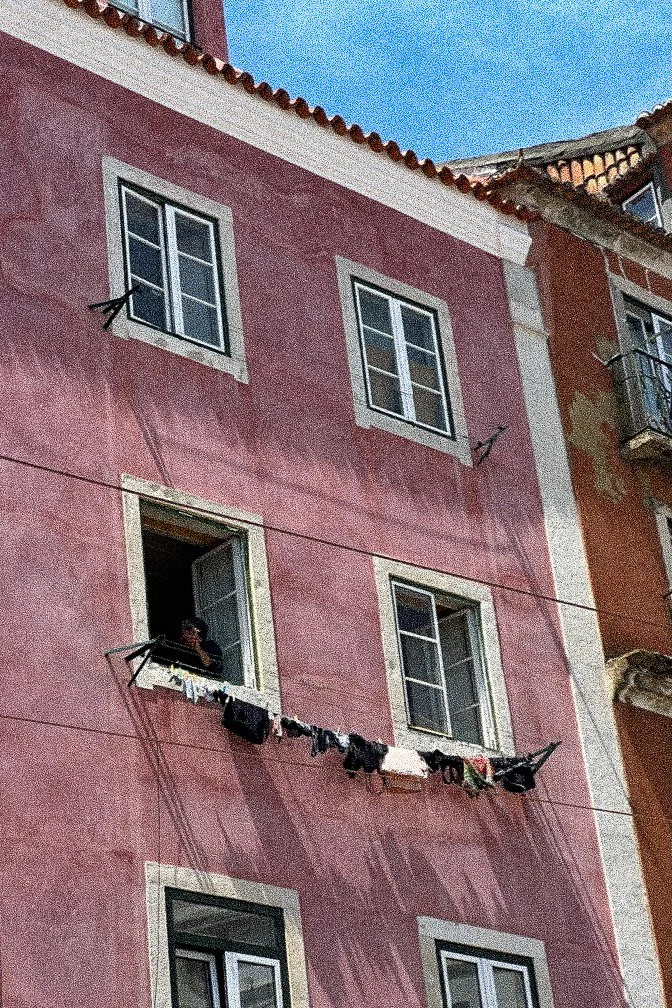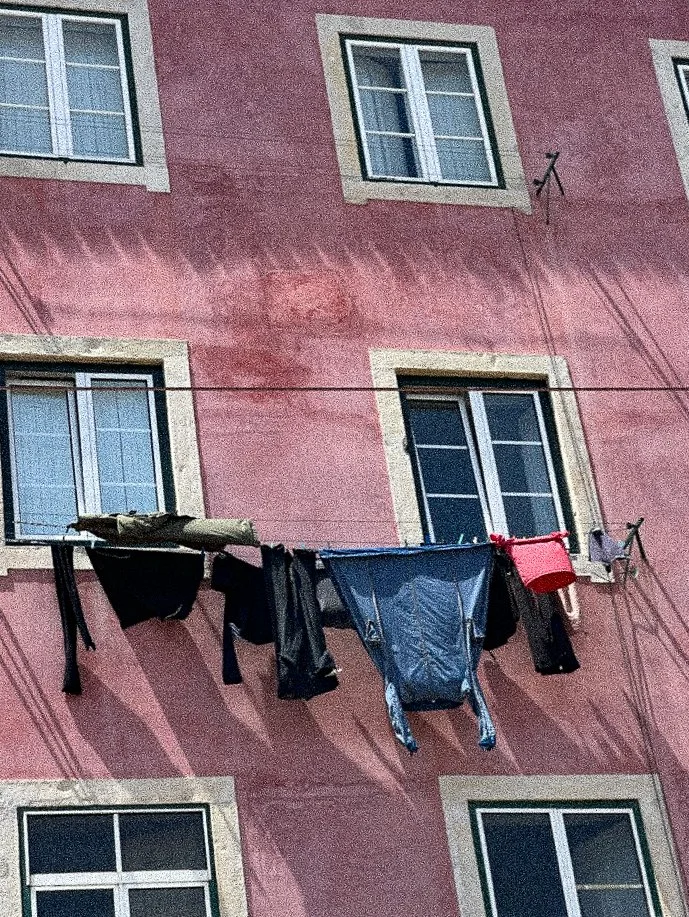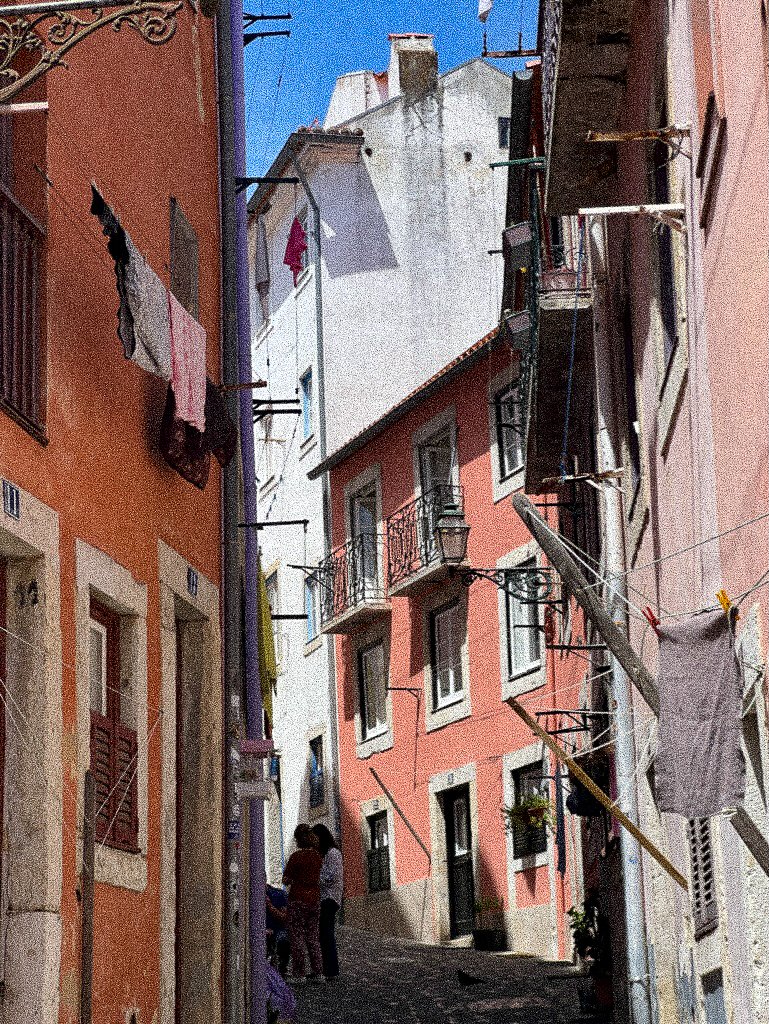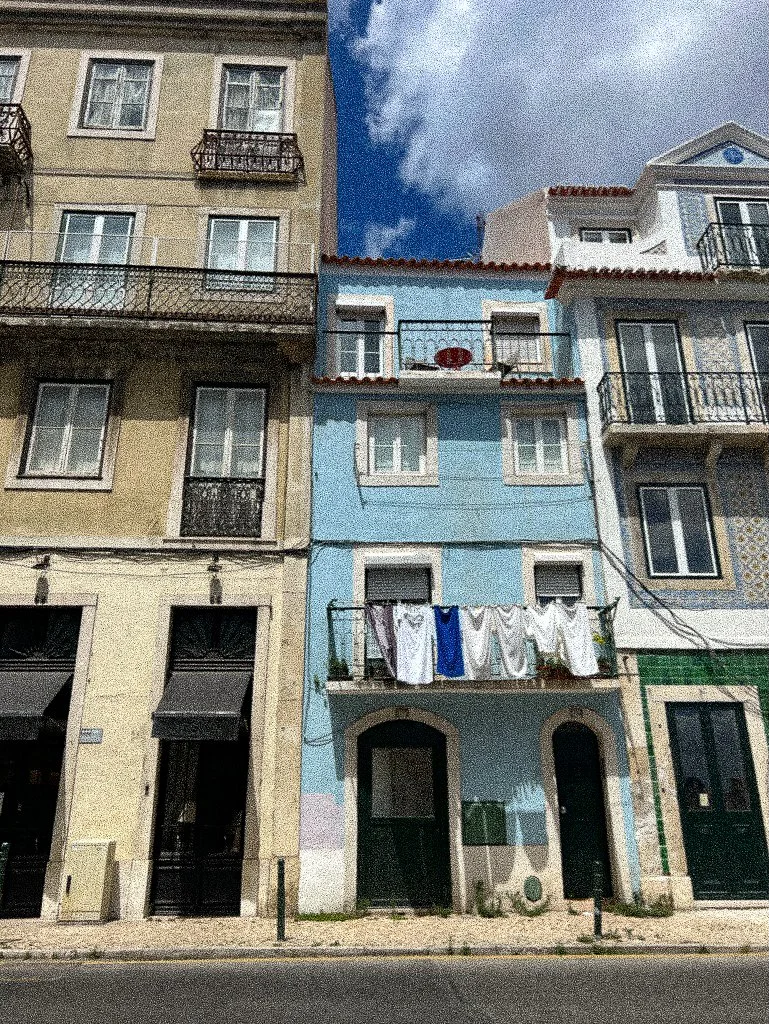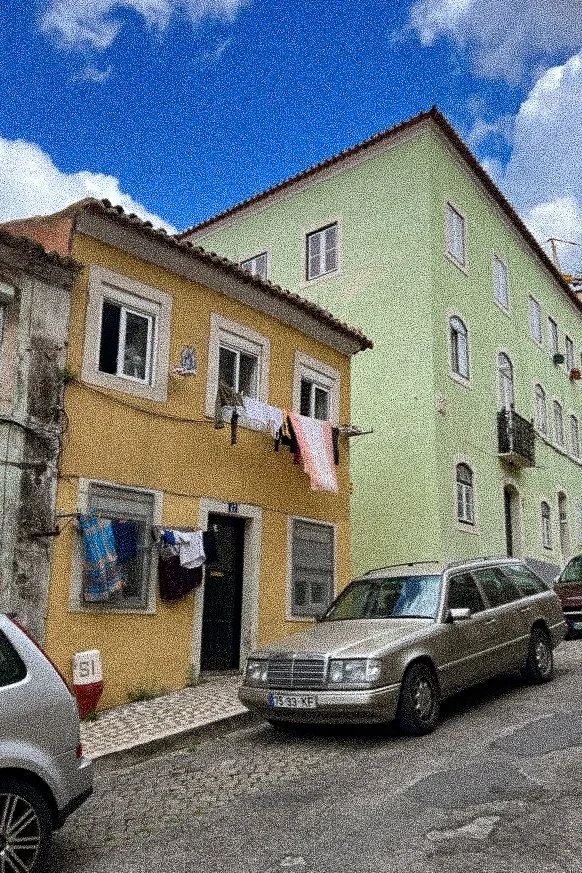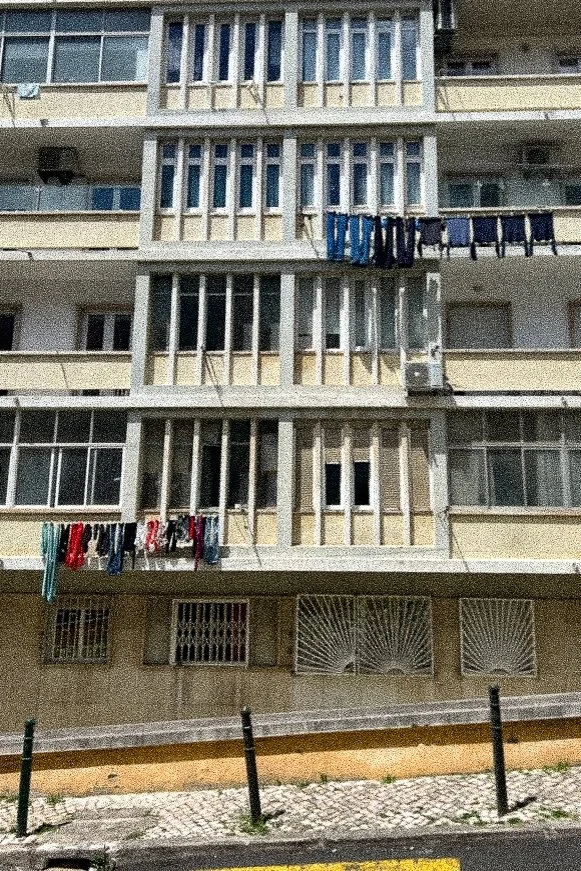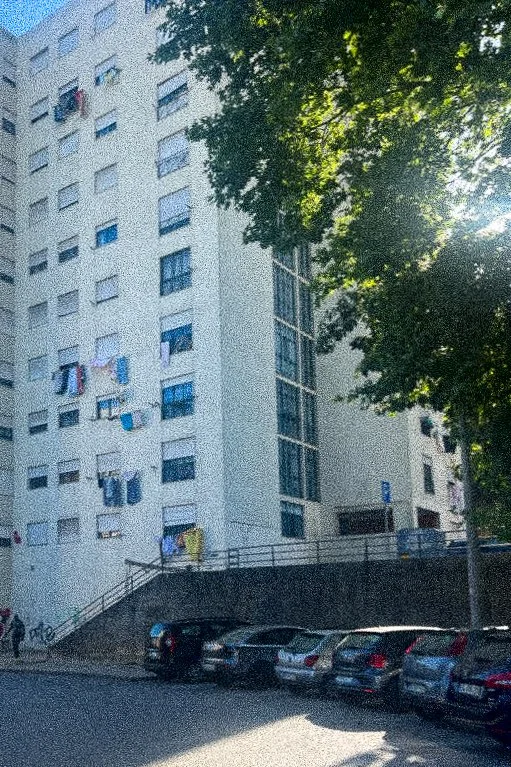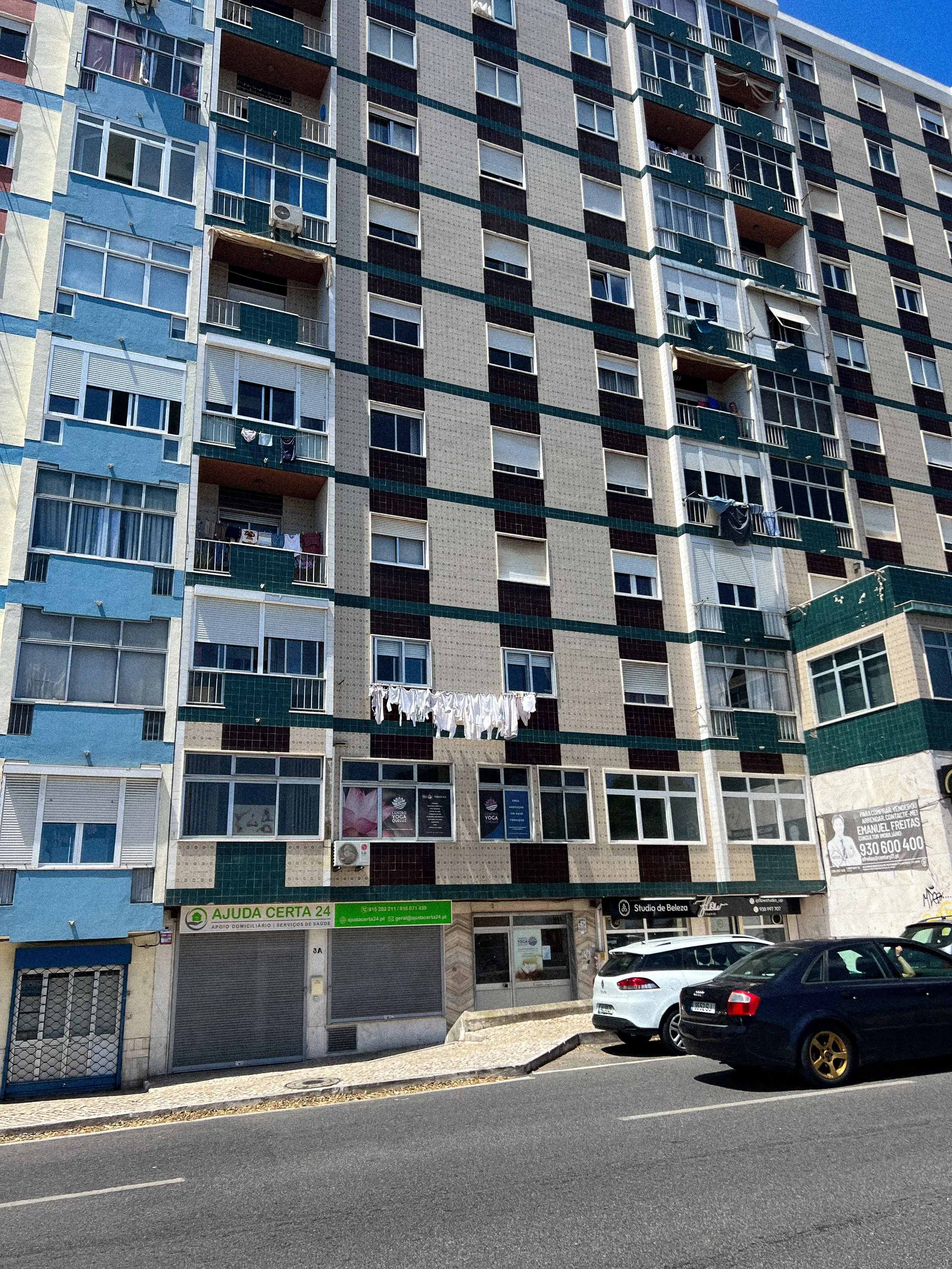(Dis)placeGentrification in Portugal, particularly in cities like Lisbon and Porto, is driven by increased tourism, foreign investment, and government programs like the Golden Visa scheme, leading to skyrocketing housing prices and displacement of locals and migrants. Althoug the change in the law prevents the eviction of elderly residents, this process is transforming traditional neighborhoods, changing local commerce, and causing a loss of cultural identity, despite some state efforts to control short-term rentals and support local culture. The situation has led to housing protests, with migrants and working-class residents struggling to afford rents and living in overcrowded conditions or forming unofficial tent cities.
“The Lisbon has lost about 30% of its population since 2013,
60% of the dwellings are tourist apartments.”
The reminance of Portugues culture that exist in Lisbon is both beauiful and devestating. These images speak to the illusions of beauty, and the reality of displacement that exist behind perfectly draped buildings. The images have invited me to explore the ways people claim their place through their appropriation of outdoor and indoor space. Questions of who belongs in certain places, who gets to take space, how is privilege and marginalization exhibited in the practice of taking space, and where are the locals?
Clothesline a passive resistance to invisibility and a claim to space.
Photography credit Victoria Jean-Francois (2023)
Publication Victoria Jean-Francois
may 6 2023Aside from the beautiful architecture, signs of the human spirit were also present. With the parts of the world I’ve had the privilege to experience, my favourite manifestation of life is laundry hanging on the side of buildings. No signs of reservation. Every home shares an intimate part of themselves. Every item reminds me that cities are more than the structures constructed. They remind me of the importance of the souls that fill their walls. The lives that supply charm, animate, and revitalize architecture. The art adorning sand and water.
But beyond art, clothing becomes a form of resistance. Refusing waves of gentrification, with conspicuous signs of distress. Slowly waving, till they wash away.

